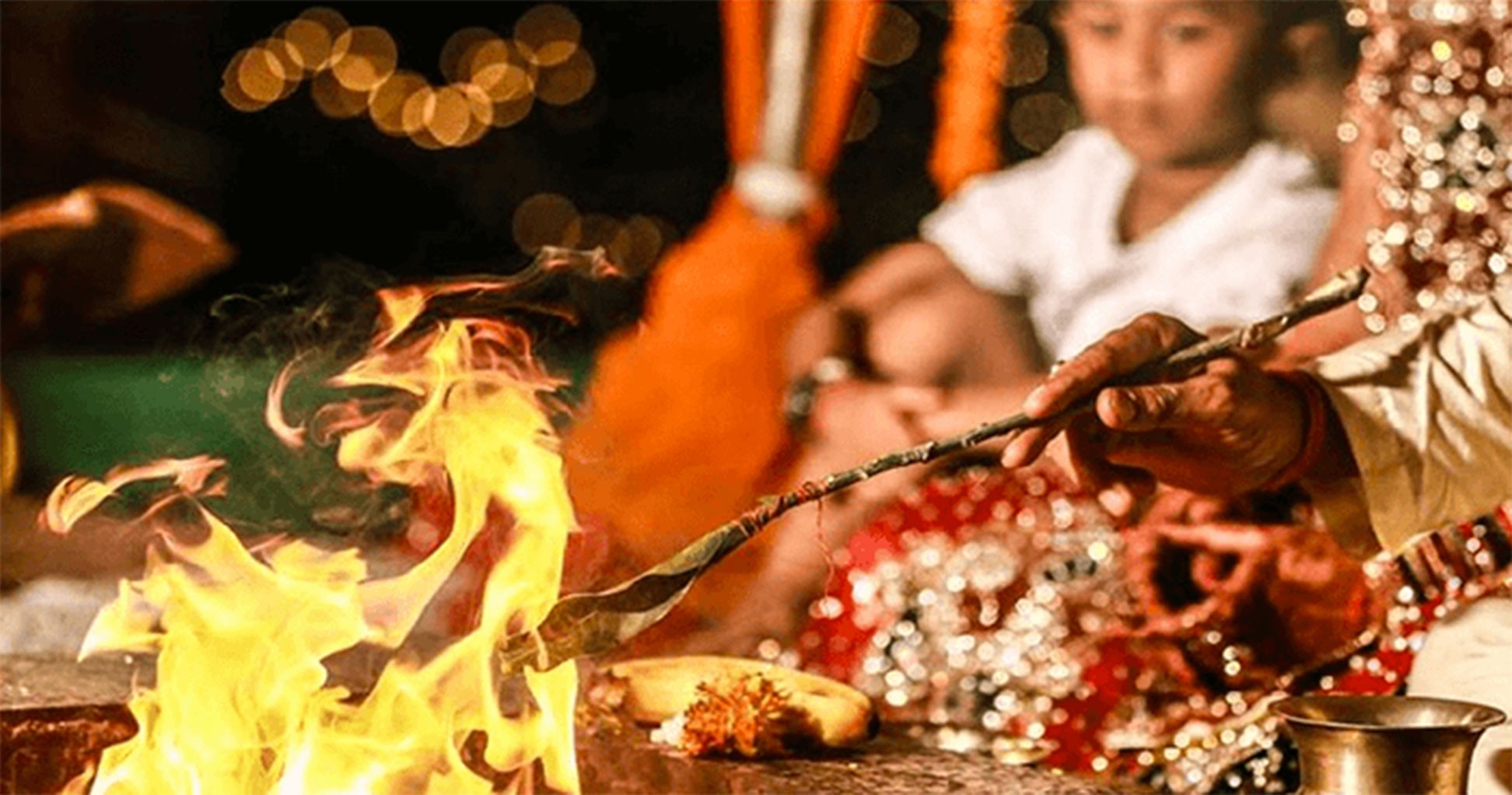- Edited

Like many other traditions of India, the Tantric tradition also describes mokṣa or liberation as the final goal of the human life. It is essentially necessary for all people seeking liberation to avoid all attachment to covetable objects of this world and possess the quality of perfect balance of mind in all situations. Persons aspiring for mokṣa which is the ultimate objective of all religions, must be able to remain totally indifferent to all pleasures and pains and worldly losses and gains. However, not all people can come to that realization right away.
Mahānirvaṇa Tantra talks about the three subdivisions of the spiritual practice:
- Sattvika (or niśkāmakarma) – done with faith, and without regard to its fruit; or for its fruit; considered to be the highest level of worship
- Rajasika – done through pride and to gain honour and respect; and
- Tamasika – done ignorantly or with a view to injure and destroy others, such as the sadhana of the ṣaṭkarma, when performed for a malevolent purpose
In order to successfully engage oneself in spiritual pursuits, the adept must have food, shelter, harmony in the family and protection. The essence of the Tantric kāmya rituals is the appeal to certain higher forces of absolute divinity to enhance the capabilities of an adept in solving his pressing worldly issues.
As such, Tantra preaches the doctrine of six esoteric practices (ṣaṭkarma) which serve many practical purposes of different sections of people in the society.
These practices, which are usually connected with black magic, consist of the following:
- Śānti (tranquilizing),
- Vaśya (controlling others),
- Stambhana (immobilizing others),
- Uccātana (extirpating enemies),
- Vidveṣa (provoking enmity),
- Māraṇa (killing others).
Even though Kulārṇava Tantra lays out the procedures for some of these activities, it does not encourage them. It lays the utmost emphasis on mokṣa and not on ṣaṭkarmas. It describes the six tantric practices as activities performed with distinct worldly interests and says the following with regards to these practices:
O My Beloved! Those who perform sādhanā for the fructification of the desired motives through the ṣaṭkarmas (six rituals ) do not get liberated. They, however, succeed in their experiments and this alone is their fruit, nothing else.
One can never obtain two fruits through only one medium. Therefore, O Deveśi, the worship of the Deity should be performed with a selfless spirit.
Examples of Ṣaṭkarmas in Śrī Vidyā
It may come as a surprise to some that many deities in Śrī Vidyā incorporate ṣaṭkarmas in their mantras, case in point – Rājaśyāmalā (control/enchantment) and Mahāvārāhī (control and paralysis). On the surface their mantras may appear quite malevolent, however if we take a closer look we will find out that things are not as they seem.
In simple terms Guruji said that Rājaśyāmalā helps us to attract all that is good for us and Mahāvārāhī helps us to repel everything that is bad for us.
As the Head of Lalitā's armed forces Mahāvārāhī, projects supreme command and helps the adept to control and paralize his enemies. Her mantra specifically addresses the paralysis of speech, mouth, vision etc. If we look at this power from the perspective of our spiritual development we will realize that the ultimate enemy to be paralyzed is the ego and its sense of duality. The negative power of the ego manifests mainly through the wrong speech. This must be stopped for thought to be controlled and for meditation to develop. The key to controlling thoughts is to first control our speech.
This Goddess also helps us to stop our energy at will, through mere thought or mantra. This has to do with Rāja Yoga where one develops concentration (dharana) and becomes able to fix the attention at will upon any object. The highest object of attention is our own Self, which we should concentrate on in the third eye or in the heart.
The Śrī Vidyā tradition attaches much importance to worship of Rājaśyāmalā. Her favour leads the aspirant to the presence of Lalitā Tripurasundarī. She's the Prime Minister of Lalitā, immense are her powers and there is nothing which she does not control. Hence she is acclaimed as sarva vaśaṅkari.
If we forego looking at others and instead focus on ourselves we will quickly see that there are many things which we have problem controlling. We come under the dominance of our mind and the emotions, such as – lust, jealousy and rage. Rājaśyāmalā, being born from Lalitā's bow, represents the mind/intellect and through her upāsana the adept has an ability to gain control of his mind and emotions.
Sources: Arthur Avalon: "Mahānirvaṇa Tantra"; Ram Kumar Rai: "Kulārṇava Tantra"; Apurba Chandra Barthakuria: "The Kulārṇava Tantra - A Study"

